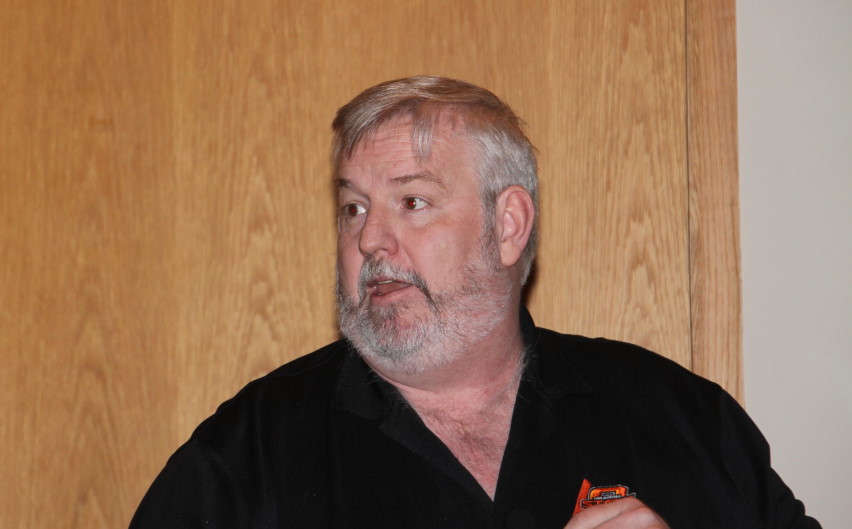
Beef Buzz News
OSU Livestock Economist Talks About Rebuilding the Cow Herd
Wed, 09 Jan 2013 17:15:43 CST

Where are we going with this beef cattle business of ours in the Southern Great Plains in 2013? OSU Extension Livestock Marketing Economist Derrell Peel says the answer depends on whether the drought continues or breaks.
"I think, absolutely, the production considerations are the major issue. We've just got a huge part of the central part of the U.S. and--from a beef cattle standpoint-a huge part of the beef cattle industry in an area that's in very serious drought. It's the middle of the winter and so it's not an issue right now, but three months from now it will be a huge issue. And so, I think, without a doubt, the question of a continuation of drought or a return to more normal weather is going to be absolutely critical as we move into the spring period."
There was substantial herd liquidation in Texas, Oklahoma, and parts of Kansas in 2011. Herd liquidation slowed in 2012, but if the drought continues, Peel says 2013 could see increased liquidations.
"I don't think that there's any doubt that we're setting up, certainly in the Southern Plains part of it, because we started in 2011 with significant liquidation. We got through 2012 in Texas and Oklahoma and some of the immediately surrounding areas with less liquidation simply because we had already made so much. But conditions now are probably worse than they were at any time in 2011. Water supplies are increasingly the most critical factor. But, obviously, the hay that we had we did have more hay available in 2012. We're using it up this winter. We're having colder weather. We're having a more typical kind of a winter this year compared to the winter we had a year ago. And, so, again, come spring time those conditions will prompt a significant and fairly rapid next round of liquidations, certainly in the Southern Plains. And if things don't change that'll move right on up through the central part of the U.S., through the Central Plains, and on into the Northern Plains and the mountain states as well."
Peel says only when we begin to get moisture will we see any moves to begin rebuilding herds, and only then improvement will come slowly.
"I think stabilization is the first step. I think it takes at least a year to really stabilize things. But we would see that start to happen immediately. That would immediately lead to the beginnings of heifer retention. It will really probably be in the second half of 2013 before that would become really noticeable. But what it suggests is that anything like normal weather, given how much we've already liquidated and how much really smaller we are than we need to be at this point as an industry will begin to show as we move through the year in dramatically tighter feeder cattle supplies even relative to the tightness we already see in those cattle supplies."
Once herd stabilization begins to take place and the numbers begin to grow, Peel says the competition for females is going to be fierce.
"We're smaller than we need to be. We're smaller than we intended to be and, so, that demand will translate into absolutely unprecedented prices for cows, for bred heifers, cow-calf pairs, but all the way down, I think, into the feeder heifer markets where we may well see the normal gap between the normal discount of heifers relative to steers close. We could see heifers trading at the same or maybe even higher prices than steers at times because there's going to be such breeding demand as well as the underlying feeder demand for those animals."
Peel says this will only put greater pressure on upward prices for beef.
The Beef Buzz is a regular feature heard on radio stations around the region on the Radio Oklahoma Network- but is also a regular audio feature found on this website as well. Click on the LISTEN BAR below for today's show- and check out our archives for older Beef Buzz shows covering the gamut of the beef cattle
industry today.
WebReadyTM Powered by WireReady® NSI
Beef News



















